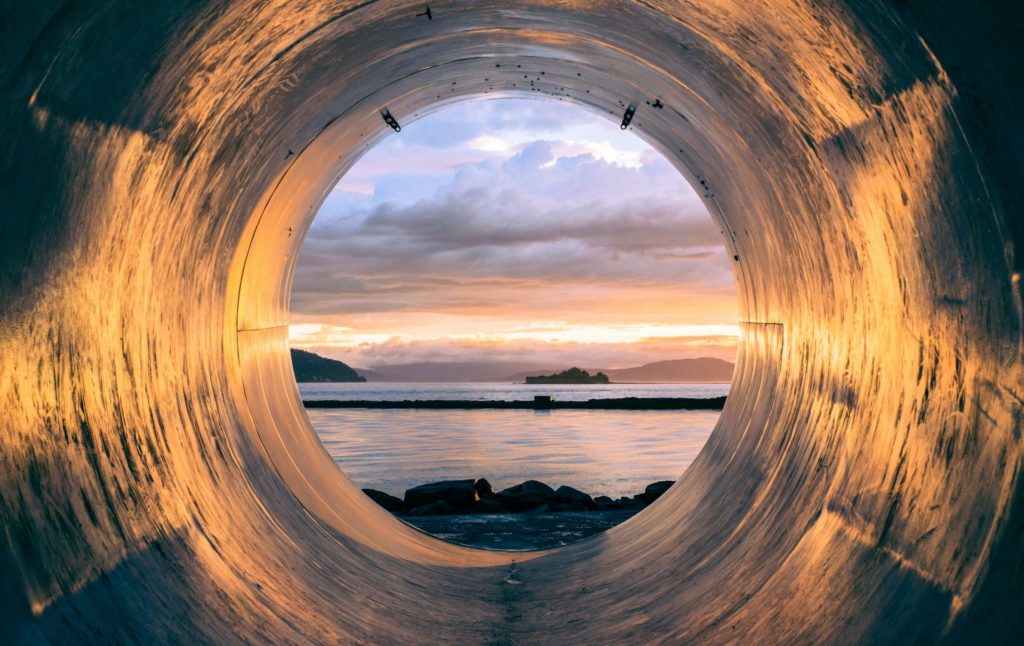How Sprayroq Can Help You Meet the Demand of America’s Aging Water Infrastructure

HOW SPRAYROQ CAN HELP YOU MEET THE DEMAND OF AMERICA’S AGING WATER INFRASTRUCTURE
In the United States alone, it is estimated that over $1 trillion will be required over the next 25 years just to restore buried water and wastewater lines due to age and deterioration and almost $350 billion will be required to restore potable and drinking water lines. This does not include all of the buried and in-use steam and chemical pipelines that are also affected by age. Sprayroq products, such as the matchless Spraywall® are at the forefront of meeting this demand.
While some feel that corrosion is a large cause of pipeline failures, pipeline flow restriction due to tuberculin-type growth is also a major concern. This growth can significantly reduce the pipe diameter, thus affecting liquid flow through the pipe, flow backup, and in the case of potable water lines, poor water quality and unhappy consumers. Current pipe materials used in most utility sectors in the U.S. are composed of cast iron, ductile iron, concrete, steel, some asbestos cement, or PVC (polyvinyl chloride), and will differ by regions of the country. It is noted that over 65 percent of all municipal pipeline systems are over 30 years old, with a vast majority being over 50. According to a water main study by the Utah State University Buried Structures Laboratory, over 8 percent of these systems are beyond their useful life expectancy in the U.S. market. As corrosion has been the leading cause of pipeline system failures, PVC has been shown to have the lowest failure rates. The traditional method of addressing these failures has been to dig up and replace the damaged pipe. This creates a very large footprint for excavation, is disruptive, and can be a very expensive process. Given the fact that many pipeline systems are a complete maze, crisscrossing with various other pipelines, many of which are underneath buildings and other structures, this can be a very impractical process.
Trenchless Rehab Methods
Alternatives to digging up and replacing pipeline systems are a number of trenchless technology options that are gaining in use and acceptance. These options can save up to half of the overall cost compared to traditional trenching methods, and as a result are advantageous to consider.4 Pipe Bursting and Jacking This method employs forcing a slightly smaller diameter pipe into the existing host pipe sections. The forced pipe can include steel, polyethylene (PE) or polypropylene (PP), or PVC. This method requires a large excavation “footprint” for access to an end of the existing pipe, but not complete excavation. This process is more suited for straight runs and does not work well for pipe bends.
Particularly in the areas that Sprayroq specializes (man-entry utilities and pipes), trenchless repair with minimal downtime is key.
Cementitious Lining
This process provides for a very economical advantage, and we all know that concrete is fairly sound. However, this method cannot be used in aggressive (highly acidic) environments or where highly abrasive or erosive action is present because the concrete can crack over time. To employ the cementitious lining method, cleaning of the host pipe is required, followed by minimal surface preparation procedures.
While Sprayroq does not make cementitious products, we do produce products that protect cement and cementitiously-lined surfaces from corrosion, such as SprayShield AG.
Cured-In-Place Pipelining (CIPP)
CIPP is an emerging technology that was introduced about 20 years ago and has been used quite extensively. A polymer-impregnated “fabric sock” is inverted into the end of a pipe section and formed in place to the existing pipe using hot air or hot water. The typical polymer systems are either epoxy or vinyl ester-based materials. This process covers lateral intrusion, but does allow for pipe bends. Because the fabric sock is of one size in the run, varying pipe diameters in the system cannot be completely accommodated. Annular space between the CIPP and the host pipe does exist and can lead to leakages.
CIPP solutions can be reasonable for small-diameter applications where Sprayroq products would not be applicable.
Sprayed-in-Place Pipelining (SIPP)
A newer concept than CIPP employs the use of robotic application heads to deposit liquid, thin- and thick-film lining systems to the interior surfaces of prepared pipe. This procedure uses polymer technologies such as epoxy, vinyl ester, polyurethane and polyurea. Because the lining is deposited in a spray fashion, lateral tie-ins remain open and clear. This process can accommodate various pipe diameters as well as radius bends. All of Sprayroq’s offerings are Spray in place products, with minimal return to service times.
SIPP and Polyurea
The use of the polyurea spray technology has proven to be a successful coating type for utilization of SIPP for a variety of coating and lining applications given its fast reactivity and 100% solids formulation base. One method, hand spray application, is well suited for large diameter pipe systems, but not very practical for smaller diameter pipe sections. A recent study has shown that when galvanized corrugated pipe is coated or lined, 75-year+ life expectancies can be realized. This is a very practical approach and is employed using not only polyurea systems, but also epoxies and polyurethanes, as well as other coating types.
Sprayroq® has a solution for your rehabilitation or protection scenario. Contact our team today

